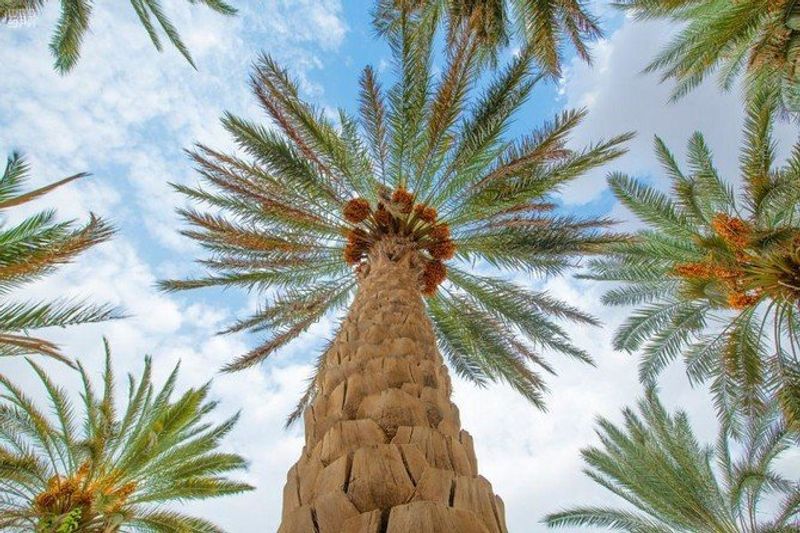Here's why you will be seeing fewer palm trees in Saudi cities
Expect a shift towards a variety of trees in a new environmental initiative…
It’s hard to imagine Saudi cities without palm trees. Most of the country’s scenic urban spaces, such as Jeddah’s waterfront, get most of their charm from the dozens of palm trees lined up along the coastal road.
According to the National Centre for Palms and Dates, there are currently more than 31 million palm trees in Saudi Arabia, and their total output in terms of palm dates makes up around 17 per cent of the world’s total production.
The palm tree has also been the national emblem of Saudi Arabia for years, but a new decision is going to lead to a serious reduction in the number of palm trees you will see around the country. According to The Saudi Gazette, a a decision has been made by the Saudi Ministry of Municipal Affairs to ban the cultivation of palm trees in gardens and on roadsides.

Why the ban?
It might sound strange given just how much the palm tree is associated with the Kingdom but the decision is coming from a place of environmental concern. Palm trees consume a lot of water and also attract a lot of red palm weevil, a large beetle.
The plan is to replace the cultivation of palm trees in public gardens, roadsides, and upcoming new development projects with trees that are more native to a desert environment and need less water to live.
It’s still unclear what other plants that local municipalities will focus on going forward but it is going to be exciting to see a variety of new trees that will be planted around the cities of Saudi Arabia.
And as the weather gets cooler, there will be even more opportunities to spend time in the outdoors – with all the greenery very welcome.
